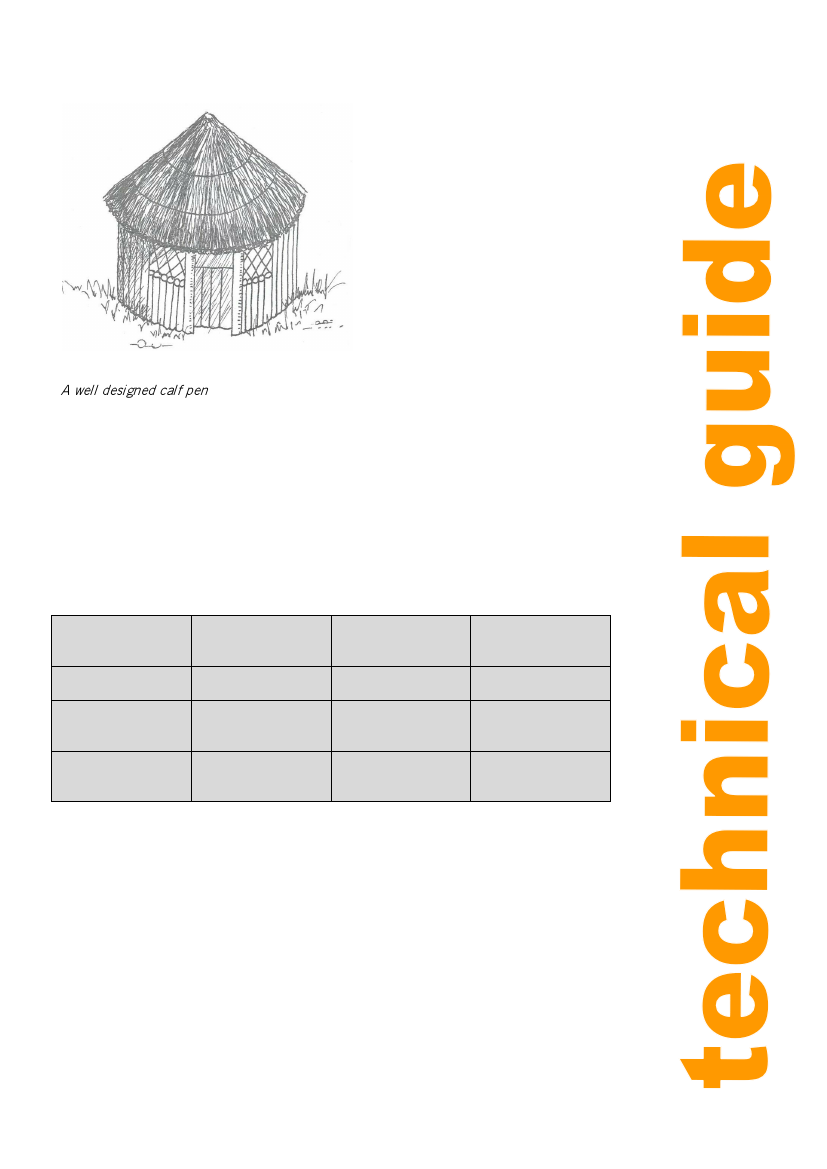
Beef cattle production and management
Practical Action
A well designed calf pen
Good calf house should have the following characteristics:
Easy to clean and disinfect
Should be dry
Should protect the calves against extreme temperature conditions
Should provide light and space
Good venti lation
Should provide protection against diseases e.g. pneumonia
Dosing programme for calves
Communal farmers recommend the following dosing programme:
Parasite
Site
Remedy
Period
Tapeworm
Roundworm
Liver Fluke
Small intestine
Abomasums
Liver and bile duct
Systamex
Valbazen
Systamex
Valbazen
Rafazole
Ranide
Systamex+
6 wks–9 mths
2 wks after rains in
Nov, Jan-Feb, April-
May
Nov, Jan, Feb, April,
May
Weaning of calves
The appropriate time to wean calves from their dams is when they are at 6 months of age. At
this stage calves will have been acclimatised to the fibrous feeds both in natural grazing and
supplementary feeds. Weaning would allow the dams to improve on their body condition in the
post partum period since all nutrients will be channeled for maintenance. There are three basic
methods of weaning: complete separation, exchange of calf to cow herds and the use of weaner
plates. The three methods of weaning are explained below:
Complete separation
This method involves the removal of calves from their dams completely. It applies in systems
where calves can be kept in their own paddocks and separated from their dams at once. However,
this method may induce stress on calves since the maternal care will have been lost. This may
even result in disease outbreaks if not properly monitored.
27